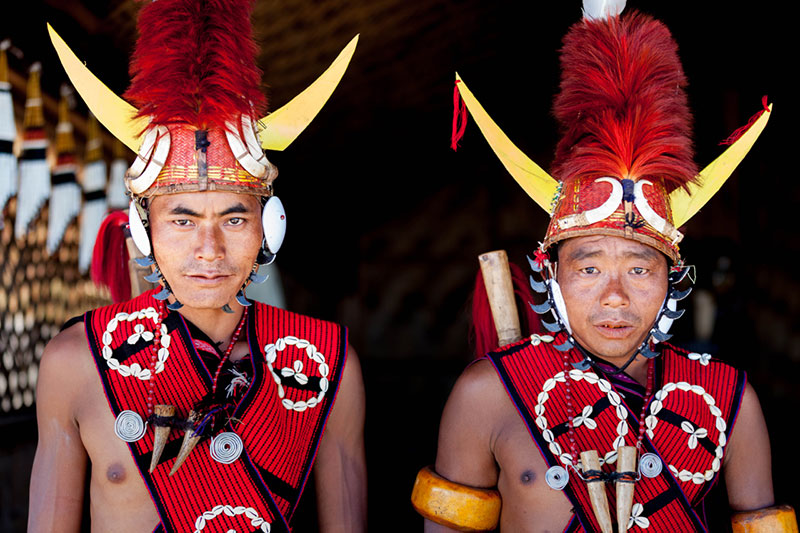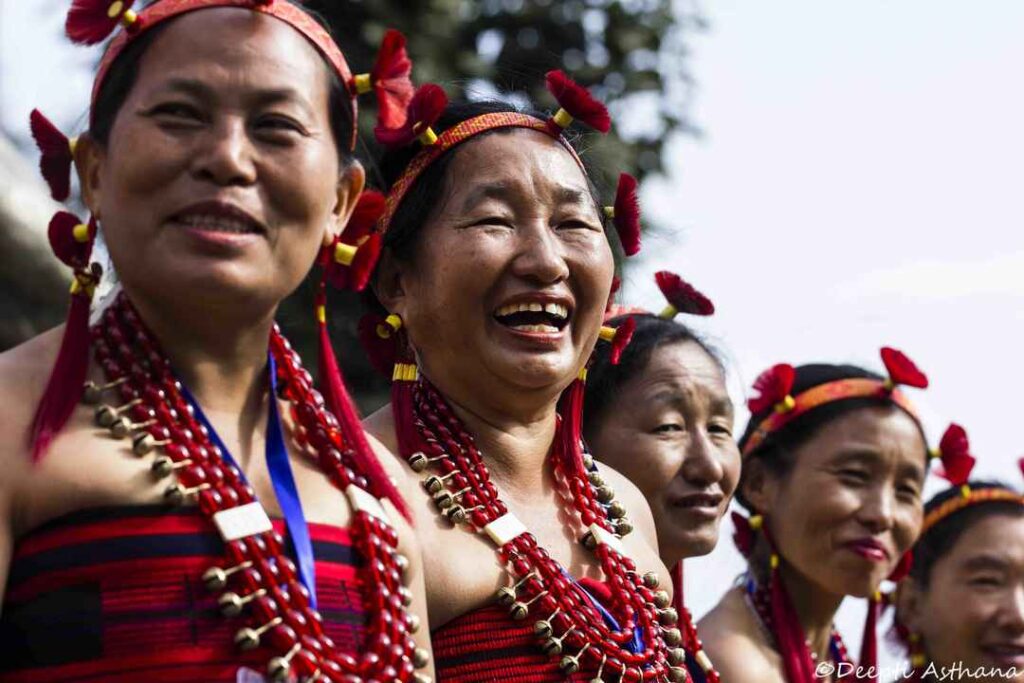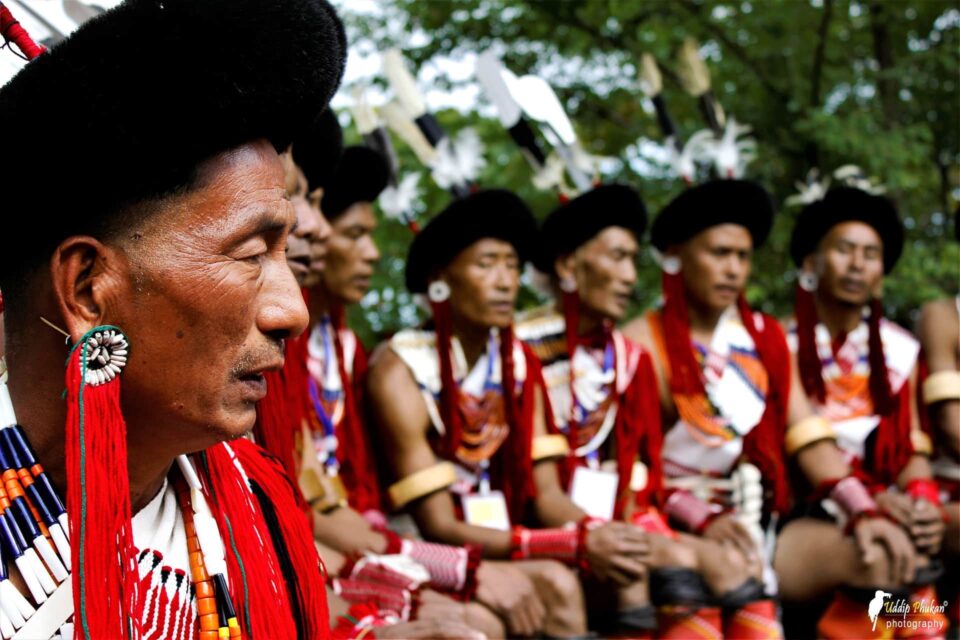Who are the Nagas?
The Nagas are indigenous tribes that live in the mountainous regions of northeast India and northwestern Myanmar. They are descended from the Indo-Mongoloid ethnic races. Over 2 million of the 3.5 million Nagas live inside the Indian border. Several estimates place the number of Naga tribes at 16 main tribes and more than 60 subtribes.
They have a reputation as the “ancient warrior tribe” because of their extraordinary capacity for surviving in treacherous mountainous terrain. The Nagas’ place of origin has yet to be discovered. They are thought to have left a region in China between the Yellow and Yangtze rivers as early as the 10th century BC.
Some people believe the Nagas were compelled to flee while the Great Wall of China was being built. In Burma, some of their prehistoric sites were discovered around the Irrawaddy and Chindwin rivers (present-day Myanmar region). They then moved on to Assam, Manipur, and Arunachal Pradesh.
Also Read: Israel and Iran : From Friends to Enemies
Naga: An integral part of British India.
When the Ahom dynasty began to dominate the then-undivided Assam (composed of the Seven Sisters) in 1268 AD, the Nagas were essentially on their own. Conflicts with the Nagas were frequent due to the Ahom Policy towards the Neighboring Hill Tribes.
The Noctes, Konyaks, Aos, and Lothas (Lhota)—Naga tribes living on the southern borders of the current Dibrugarh and Sibsagar district—were given revenue-free land and water bodies for fishing, coupled with Paiks to appease them.

In exchange, the Nagas were required to recognize the Ahoms as the overlords and pay annual offerings. The Ahoms greatly benefited from this conciliatory stance towards the Nagas since it allowed them to keep good ties with their relatives in Upper Burma and defend their kingdom from the pretensions of those nation’s ambitious chiefs.
According to historical chronicles, the Nagas and Ahoms engaged in several significant conflicts throughout Ahoms’ 598-year rule. The Nagas weren’t ruled over, though. Instead, they were allowed to govern themselves by paying a yearly tribute to the Ahom monarchs.
The Nagas first encountered the British only after signing the Treaty of Yandaboo in 1826, which brought an end to the Ahom Dynasty. When Captain Jenkins and Pemberton led an expedition of 700 Manipuri troops and 800 coolies through the Naga Hills and took control of Papoolongmai in the face of severe opposition from the Angami Nagas, the British began to advance into the Naga Hills.
Between 1832 and 1879, the Nagas engaged the British in numerous battles before reaching an agreement in March 1880 following the Battle of Khonoma. It permitted the Brits to establish a military outpost in the constrained region known as the Naga Hills. This is how British India incorporated the Naga Hills.

Naga and the World War II
The first indication of Naga resistance was the memorandum of the Naga Club, which was established in 1918 following World War I. In the memorandum, the political representatives claimed, “You are the only ones who have captured us, and when you go, we should remain as we were.”
However, the Government of India Act of 1935 declared Naga Hills an Excluded Region Under Assam and placed it under the governor’s direct control after the memorandum’s rejection. The crown assumed control over the remaining Naga regions.
Also Read: Free Trade Agreement of India; How can it support economic growth?
The Nagas, who battled the Japanese Army off in the 1944 Battle of Kohima alongside the British, provided greater energy by World War II. The Nagas participated heavily in the fight in their home country this time, unlike World War I, when about 4,000 Nagas were deployed to France. They constructed trenches for the British and served as spies, porters, guides, and porters.
The Nagas had a chance to communicate with the outside world during World War II. The remote tribe gradually started to have access to the outside world as road connectivity developed. Also, it helped them realize the value of education. It inspired the Nagas to struggle for their independence, which strengthened the Naga identity.

